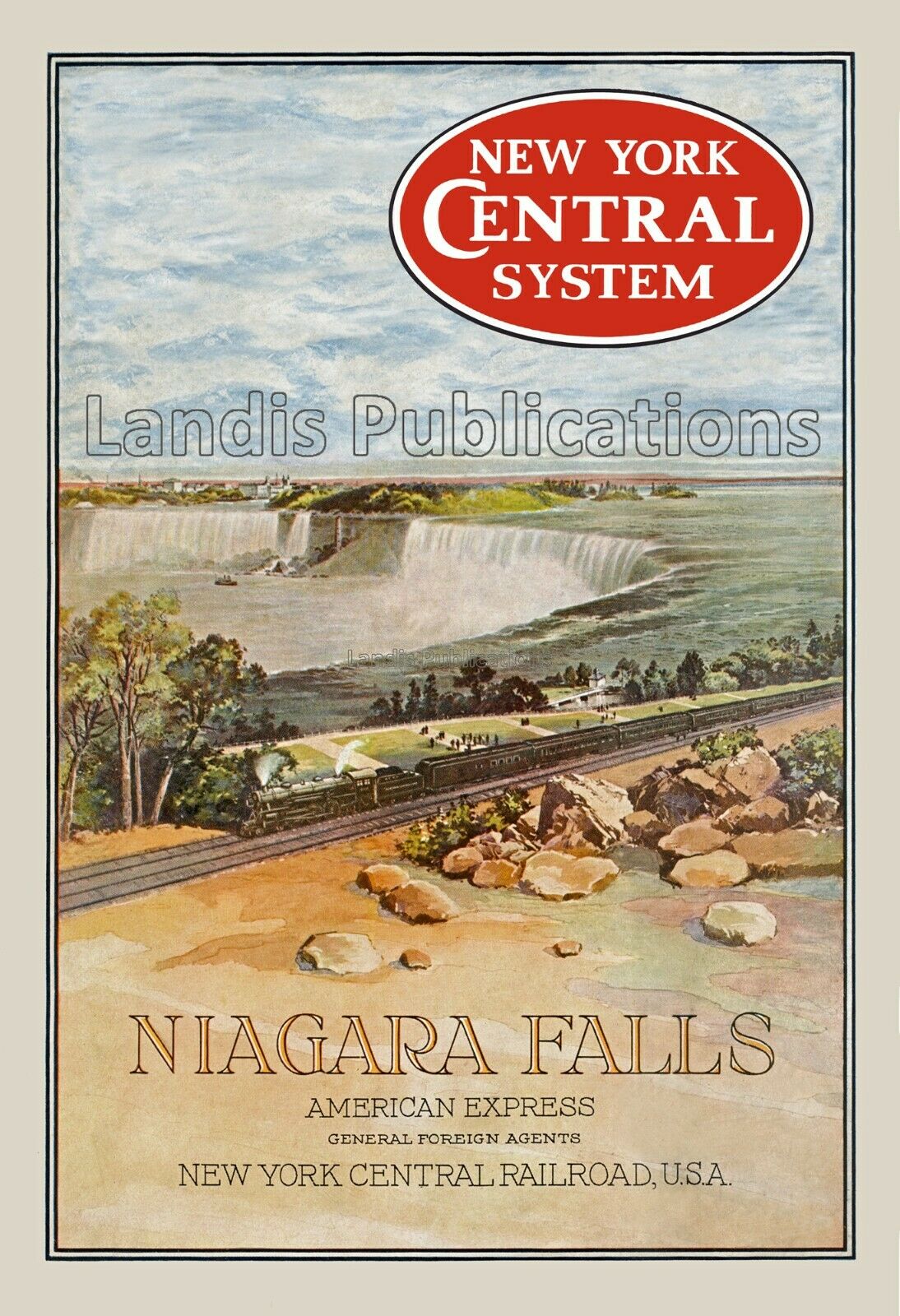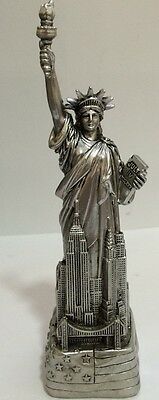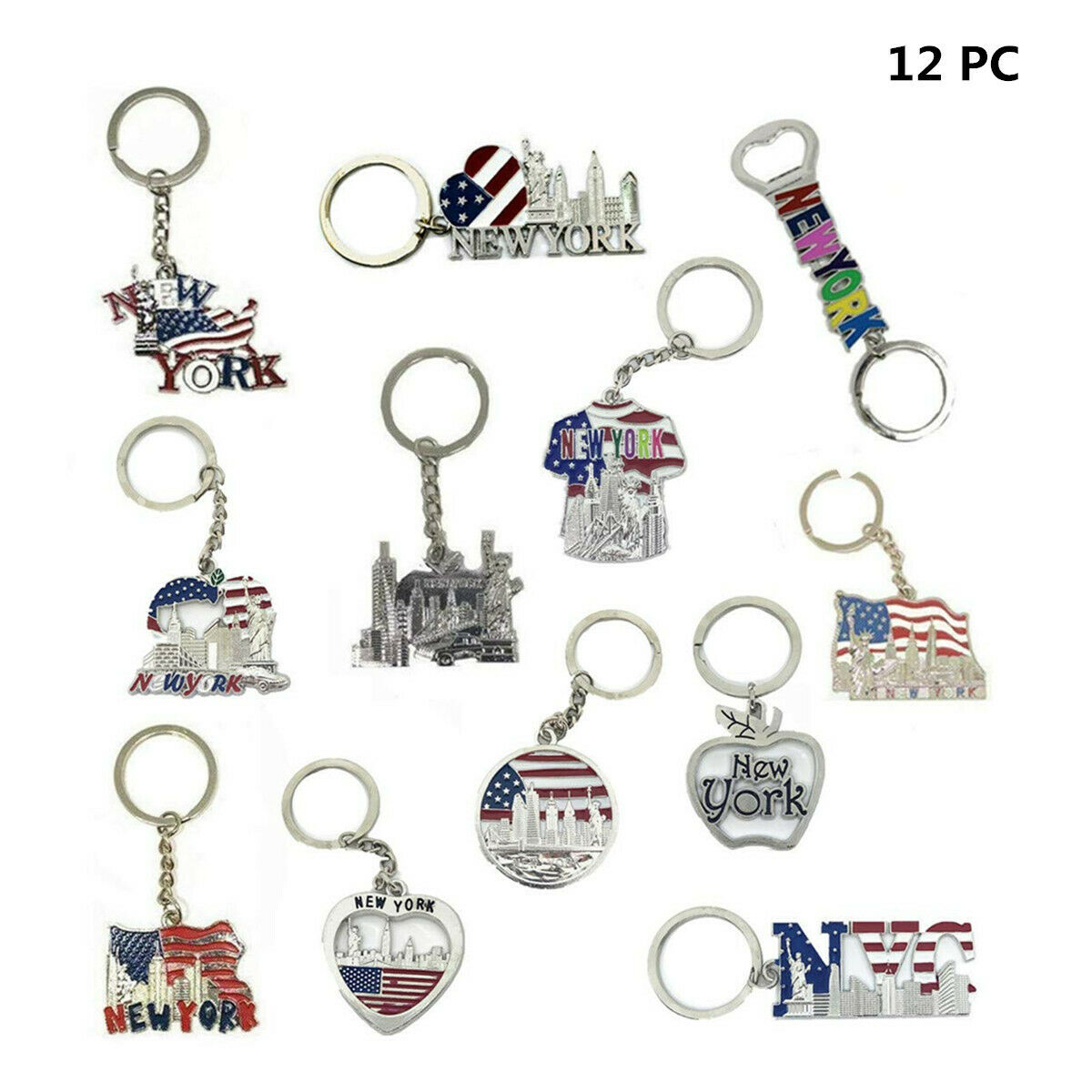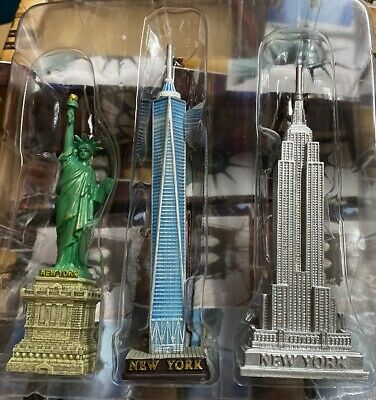-40%
1930 New York Central - Niagara Falls Excursions, Travel Poster
$ 10.53
- Description
- Size Guide
Description
These are simply the best posters available! You will be thrilled with the image quality, vivid colors, fine paper, and unique subjects.
OUR POSTERS ARE SIZED FOR STANDARD OFF-THE-SHELF FRAMES, WITH NO CUSTOM FRAMING REQUIRED, PROVIDING HUGE COST SAVINGS!
This beautiful reproduction poster has been re-mastered from an original 1930 advertising booklet for the New York Central Railroad’s excursions to Niagara Falls, New York.
The vibrant colors and detail of this classic image have been painstakingly brought back to life to preserve a great piece of history.
The high-resolution image is printed on heavy archival photo paper, on a large-format, professional giclée process printer. The poster is shipped in a rigid cardboard tube, and is ready for framing.
The 13"x19" format is an excellent image size that looks great as a stand-alone piece of art, or as a grouped visual statement. These posters require
no cutting, trimming, or custom framing
, and a wide variety of 13"x19" frames are readily available at your local craft or hobby retailer, and online.
A great vintage print for your home, shop, or business!
HISTORY OF THE NEW YORK CENTRAL RAILROAD
The New York Central Railroad Company was one of the major American railroads that connected the East Coast with the interior. Founded in 1853, it was a consolidation of 10 small railroads that paralleled the Erie Canal between Albany and Buffalo; the earliest was the Mohawk and Hudson, New York state’s first railway, which opened in 1831.
The New York Central’s moving spirit was Erastus Corning (1794–1872), four times mayor of Albany, who for 20 years had been president of the Utica and Schenectady, one of the consolidated roads. He served as president of the New York Central until 1864. In 1867 Cornelius Vanderbilt won control, after beating down the Central’s stock, and combined it with his New York and Hudson railroads running from Manhattan to Albany.
Vanderbilt joined it to the Lake Shore and Michigan Southern Railway in 1873, extending his system from Buffalo to Chicago. He added the Michigan Central in 1871. Under his son William, the Central acquired the New York, West Shore, and Buffalo Railroad on the west side of the Hudson River in 1885. The system grew until it had 10,000 miles (16,090 km) of track linking New York with Boston, Montreal, Chicago, and St. Louis.
After World War II the New York Central began to decline. Between 1946 and 1958 it dropped four of its six fast daily passenger runs between New York and Chicago. Efforts to merge with its chief competitor, the also ailing Pennsylvania Railroad Company, culminated in 1968 with the creation of the Penn Central Transportation Company—a merger that later included the New York, New Haven and Hartford Railroad, in 1969.
The new colossus had 21,000 miles (33,790 km) of track. Its creators hoped to achieve a division of labour, sending freight to New York and New England north along the New York Central’s water-level route while the Pennsylvania main tracks served the industrial needs of Philadelphia, Baltimore, and the Delaware and Schuylkill valleys.
The merger failed, however, and the new road was forced into bankruptcy in June 1970. Passenger services were taken over by the federally established National Railroad Passenger Corporation (Amtrak) in 1971. The company’s other railroad assets were merged with five other lines in Consolidated Rail Corporation (Conrail) in April 1976, although the New York–Washington route was later transferred to Amtrak.
Railroad Excursions to Niagara Falls
Niagara Falls owes an everlasting part of its heritage based upon the development and advancement of railroad transportation. Railways have made the Niagara Frontier more accessible. This has allowed the fullest potential of Niagara Falls for tourism, power, and industrial purposes to be realized. Small settlements soon appeared near these new railways. People of many nationalities came to Niagara to work and to live. These important elements have fueled the growth of technology and commerce that has allowed Niagara Falls to develop and prosper. Railroad history in Niagara Falls has been indelibly weaved into the fabric of our community. This history continues to evolve.













